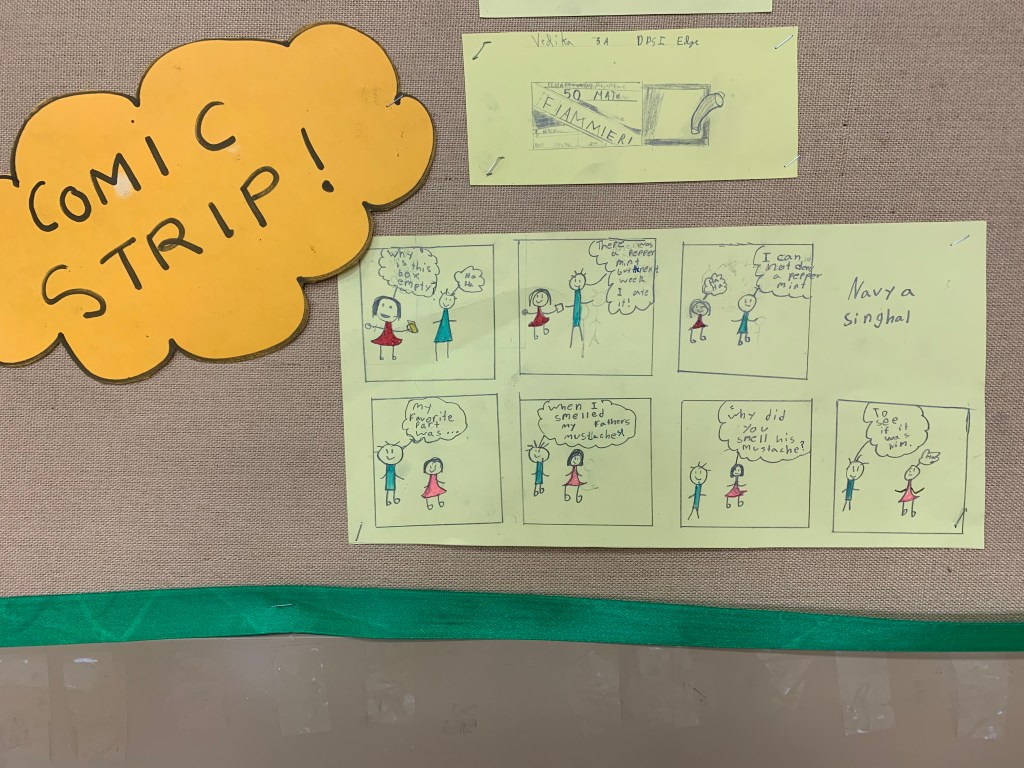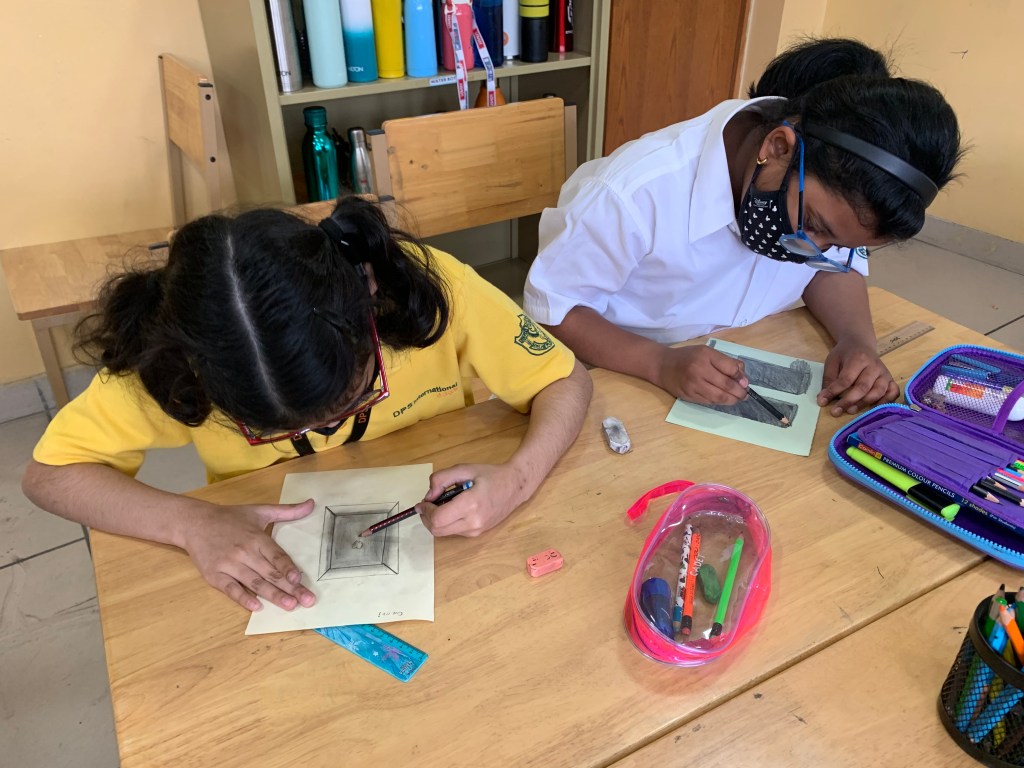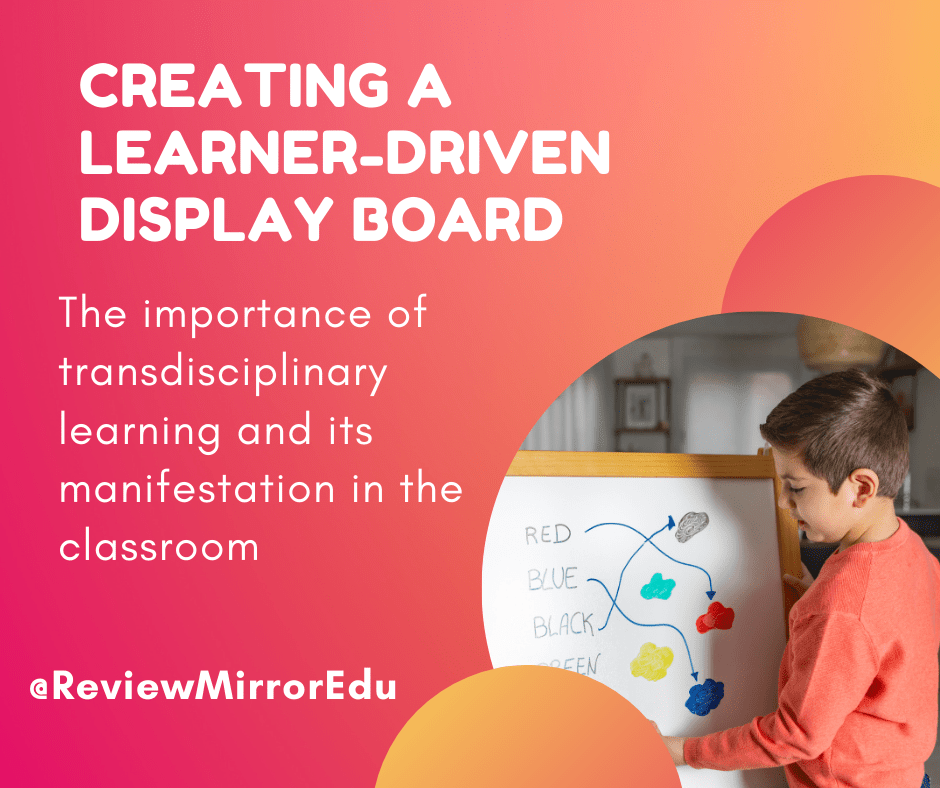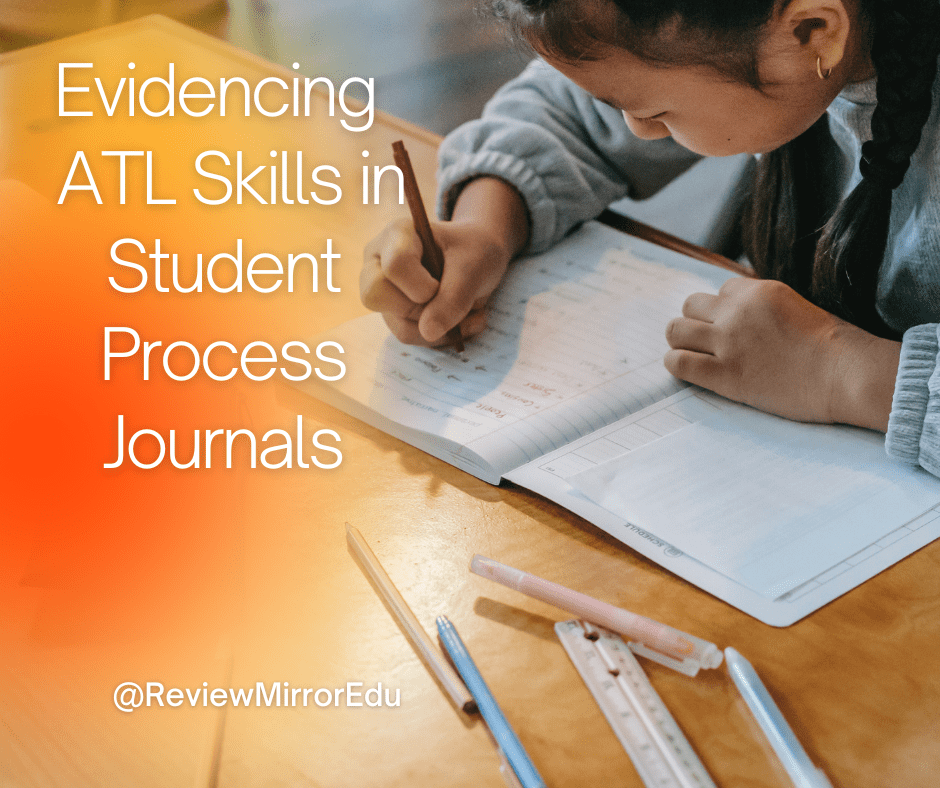A dreaded chore in most classrooms, creating a fresh display board that exhibits student’s work effectively is a herculean task for most. A time and labour-intensive job, most teachers struggle to create a board that not only showcases student work samples but also demonstrate conceptual understanding on paper.
I remember my first year as a teacher in an IB school. The concepts of transdisciplinary learning, student agency, voice and choice, they wound my mind up in tangles and left me in a daze. I felt like I was swimming in an ocean of knowledge, practically choking on it. Before I knew it, I was drowning. I remember speaking to my coordinator, Ms. Arpita Saxena. I confided in her about my doubts, and my inability to cope up to the challenges that rose in waves daily. Her words of wisdom will follow me for the rest of my life.
She said, “If you are working harder than your students, something isn’t right. Figure out how to make them do the work, and that’s when they will develop lasting conceptual understanding. If you feel overworked, trust me, they aren’t learning enough.”
Tweet
I mulled this over, and it was then I realized the value of student agency. After that, when I gave my learners power to select what they wanted to do, I no longer had to plan. When I provided them opportunities to choose how they wanted to work or display their understanding, I no longer needed to worry about getting quality work out of them because they were already giving their best. Students who are given a voice and choice in their daily school life don’t need constant motivation from external sources such as teachers or peers.
My boards at a standstill
Years down the line, I found myself returning to the classroom after two years of online learning. Empty boards stared at me, balefully, neglected and naked. I averted my eyes from them, the thought of cutting, chopping, conceptualizing, and planning bogged me down. My unit of inquiry board would flow with my unit. I would keep updating it with student samples as we went further. The English board (surprisingly enough) was the bane of my existence.
I could not understand whether to focus on the English strands of IB-listening, speaking, reading and writing, or whether I should focus on showing the progression of what we were currently learning. The deadline to complete the board drew closer, and I wasn’t satisfied with anything that I came up with.
Bringing student agency back
I remembered what Ms. Arpita said to me all those years ago. It made me realize that creative blocks could happen to anyone at any junction of their career. It was time to hand the power back to the people again.
I asked the students what they had learnt in English during the whole year. They listed grammar concepts such as conjunctions, nouns, verbs etc. Learners also listed the various forms of writing they had done, such as paragraph writing, picture compositions, letters, and so on.
Once we identified what we already knew, we decided to create a base for our board. We selected the class’s overall favourite book ‘The Matchbox Diaries’ by Paul Fleischman. We read the book during our unit on migration, and the students had thoroughly enjoyed the story, illustrations and choppy humour. We would use the book as a base for everything to be put up on the English board.

Students divided themselves into different groups as they wanted to showcase their understanding of the book in a variety of ways that played to their strengths.
An infusion of humour
Learners were determined to add their favourite humourous quips and quotes to the board. They wanted to remember them and have a giggle whenever they looked at the board. So, they fanned through the book again and told me their favourite bits while I took prints of them. I then gave this group the prints and asked them to mark all the grammar concepts learned throughout the year with Montessori grammar symbols.

Therefore, students had a good laugh reliving their favourite moments, and I was able to test and showcase their knowledge of Montessori symbols as well as their understanding of parts of speech.
A splash of art
The creative students in my batch wanted to showcase their favourite moments of the story through art. In their art classes, they had been learning about shadows and shading. The book had hard hitting and beautiful illustrations in colour, so my students decided to create black and white pencil sketches of their favourite moments to depict the bitter-sweetness of the story. One courageous soul decided to create a comic strip depicting their most beloved events from the book. Another child knew of Warli art and shaped an Indian interpretation of the migrants waiting at Ellis Island. The results were amazing.



Reflections of another time
The gifted writers in my class decided to pen down their reflections and emotions on paper. Their summaries and anecdotes served to bring the whole board together, giving the onlooker a clear picture of what the book was about and what the children were attempting to say through their transdisciplinary work.

The end was just the beginning
My students ended up creating the material for the entire board over a period of two days. I had puzzled over the board for weeks, and once again I realized, if I was feeling overworked, I wasn’t teaching right. I needed to share the journey of decision making with my students. They did a great job of showcasing everything that they had learned by imbibing the depth of transdisciplinary learning. Each child had absorbed different concepts from a variety of subjects, and they used the entirety of their knowledge to create work that they were proud of.
One of the things that stood out to me was that when I provided learners student agency, their hidden talents came to the fore. Had I only elected to put up writing work and VTRs on the board, some students would never get their work up there. However, when they chose the medium of submission, they created beautiful illustrations that earned their work a cherished spot on the board. It was wonderful to see their eyes light up with pride because they got a chance to show off talents that were unrelated to academia.
Do you want to write for The Review Mirror?
Share your thoughts on schooling and education with the world by writing a guest blog for us. Have a look at the details and get started!






Leave a comment